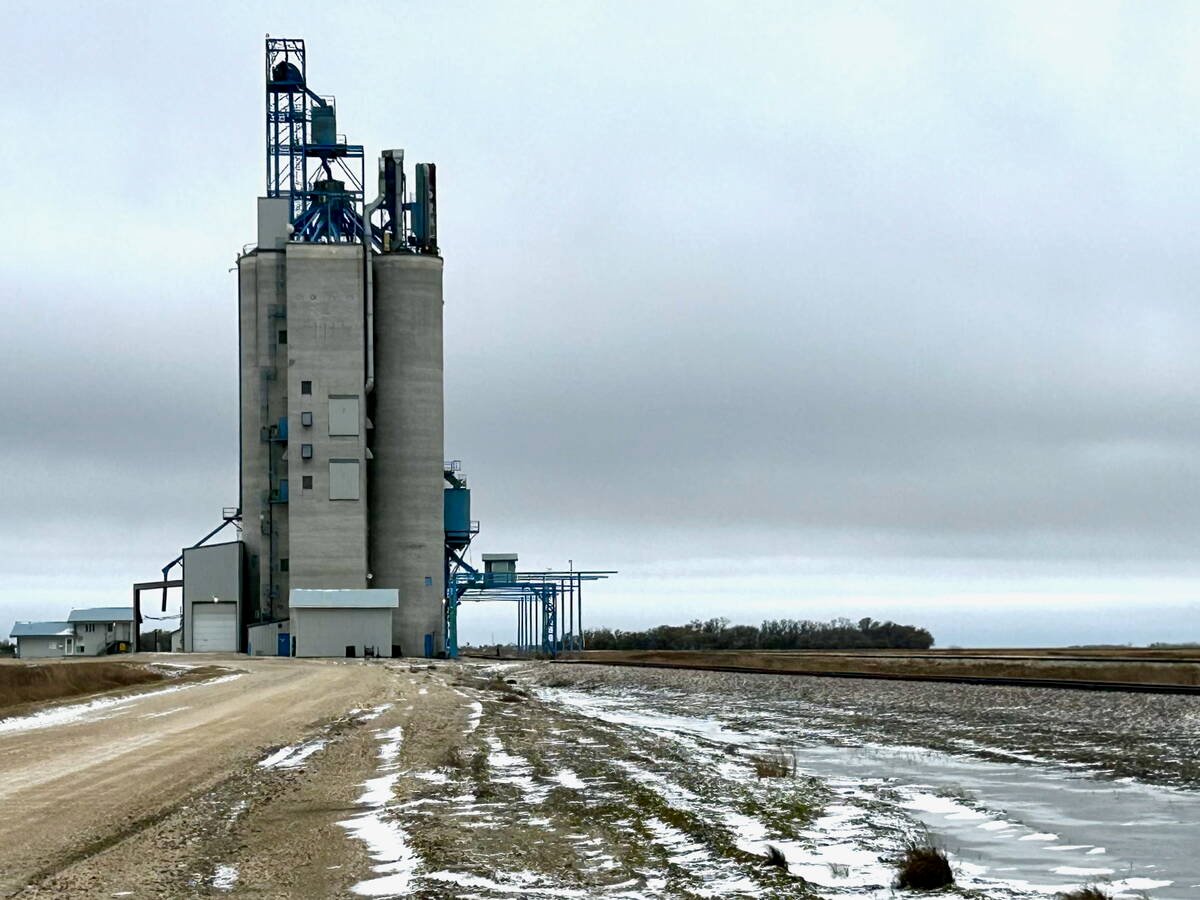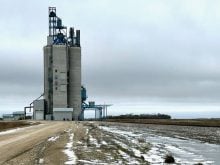Ken Danielson likes having a credit union and bank in his home town.
But the 45-year-old farmer says he rarely makes the 25-kilometre trip into Strasbourg, Sask. to do his financial business, especially during the six months of the year when he’s busy farming.
Most of his banking is done by phone, and lately he has been thinking about whether it might be a good idea to get hooked up by computer and conduct more of his business from the comfort of his own home.
Read Also

Manitoba grain elevator ownership expands
Carman-based Linear Grain buys Fannystelle elevator from Bunge, another three elevators sold to Morden’s BP & Sons Grain and Storage Inc.
“We don’t have a modern computer, but definitely it would help during the busy time of the year,” he said. “As much as we can do at home here, it sure cuts down on your runaround time.”
From automated teller machines to telephone banking to home banking software to internet banking, new technologies are changing the way people deal with the institutions that handle their money.
There’s no way to assess the degree to which farmers have taken to the new technologies.
One telling statistic may be that only 6,000 of 114,000 Canadian Wheat Board permit book holders have elected to receive their CWB payments by direct deposit into their bank accounts. Most prefer to have the cheque in hand, indicating limited electronic banking use.
Nevertheless some officials in the financial services industry say farmers can make good use of electronic banking.
“I think it’s a real winner for them, depending on their needs and wants,” said Stuart Bond, Saskatchewan district manager of agriculture services for the Royal Bank.
Using computers to do banking is a great equalizer for farmers, he said. No matter how remote their farm may be, they can be on the same footing as the person living next door to a bank in the middle of the city.
“Today, distance doesn’t mean anything,” he said.
Bruce Envik, vice-president of technology for Credit Union Central in Regina, says there’s an air of inevitability surrounding the move towards electronic banking and that could have implications for the future of some small town branches.
“Technology will provide options and alternatives for rural communities as some of the institutions find it less economical to deliver services in the traditional fashion,” he said.
He doesn’t think farmers are any more or less likely than any other segment of society to use electronic banking services, but he also thinks farmers, like others, don’t want to spend any more time than necessary in a bank or credit union.
“If people have alternate access mechanisms, they won’t choose to go,” he said. “There’s no need to go to a financial institution if you have something you can do from home or, at some stage in the future, from the tractor cab.”
There will always be those who resist adopting new technologies, but Envik said within a few years they may not have much choice.
“Eventually they’ll be in a situation where they have to go longer distances” to find a branch to visit, he said.
Farm management specialist Morley Ayars, of Saskatchewan Agriculture, said while farmers are generally quick to adopt new technology, he has doubts whether electronic banking will be readily accepted, not only by farmers but by the general population.
“It seems to me there’s only so many people who will do that,” he said. “They’re either incredibly busy or hermits.”
Ayars said farmers may take up electronic banking if they’re forced to by financial institutions closing small town branches or as a result of businesses no longer accepting cheques.














